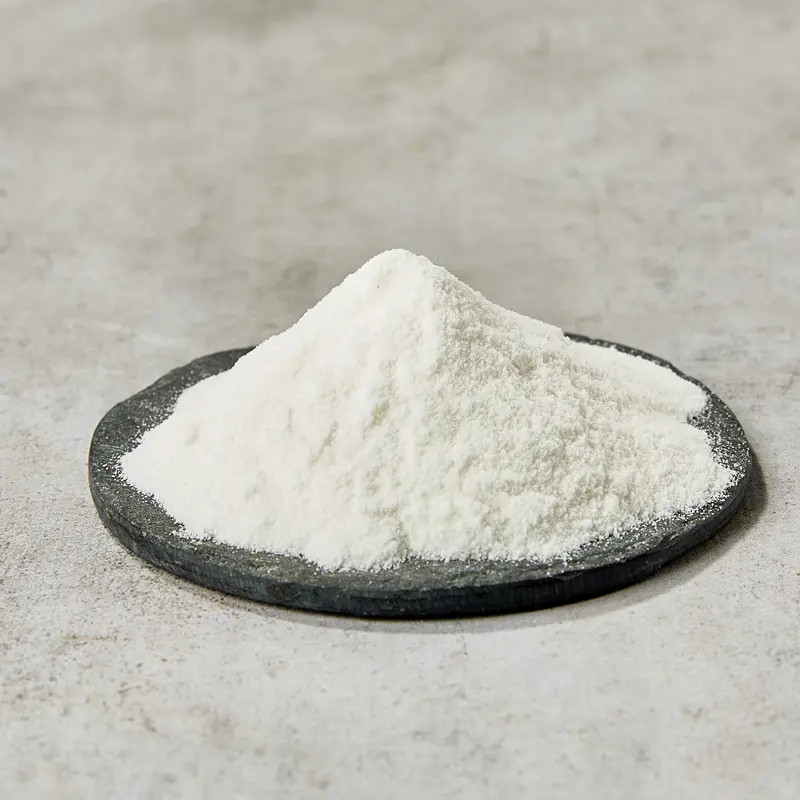Traditionally, Joshinko flour is made from non-glutinous rice that has been washed, drained, and adjusted for moisture content. The rice is then stone-ground and dried.
To be precise, coarse-grained flour is called “Nami Shinko” or ordinary flour, while fine-grained flour is called “Joshinko” or fine flour. Nowadays, Joshinko flour is usually made using a roller mill or a high-speed mill.
Mitarashi dango are a traditional Japanese sweet, also known as wagashi, consisting of 3 to 5 balls of rice dough (steamed) skewered on a stick and coated with a sweet and salty soy sauce glaze.
They are ubiquitous on highway rest stops and tourist attractions. Mitarashi dango are smaller than other dango, usually about the size of a plum, and are drizzled or dipped in a sweet glaze made from soy sauce and sugar.
While this means that the outside of the dango will have a sweet and soy flavor, the dumpling itself has a more subtle taste.
Our recipe for mitarashi dango mochi.
Ingredients:
Joshinko rice flour 200g
Boiling water (over 90°C) 250g
Caster sugar 60g
Trehalose 20g
Mitarashi dango syrup (NISGOTO19 on our website)
Trehalose, a sugar much loved by the Japanese, allows preparations to keep better and dry out less quickly. It can be replaced by sugar (half the amount).
Put the JOSHINKO rice flour in a bowl, pour in boiling water (at least 90°C) and mix well with a wooden spatula or a professional mixer.
Place a damp, wrung-out cloth in the basket of a steamer and place the dough in it, taking care to separate it into pieces by hand.
Steam for 30 minutes.
Then place the pieces in a mixer with the paddle attachment on low speed and add the trehalose until you obtain a smooth dough.
Add the caster sugar in 2 to 3 batches while mixing.
Place the dough on a cutting board and knead it 20 to 40 times, pressing it with the palm of your hand.
Then form small balls of about 20 g. Finally, pour the mitarashi syrup over the top.








































